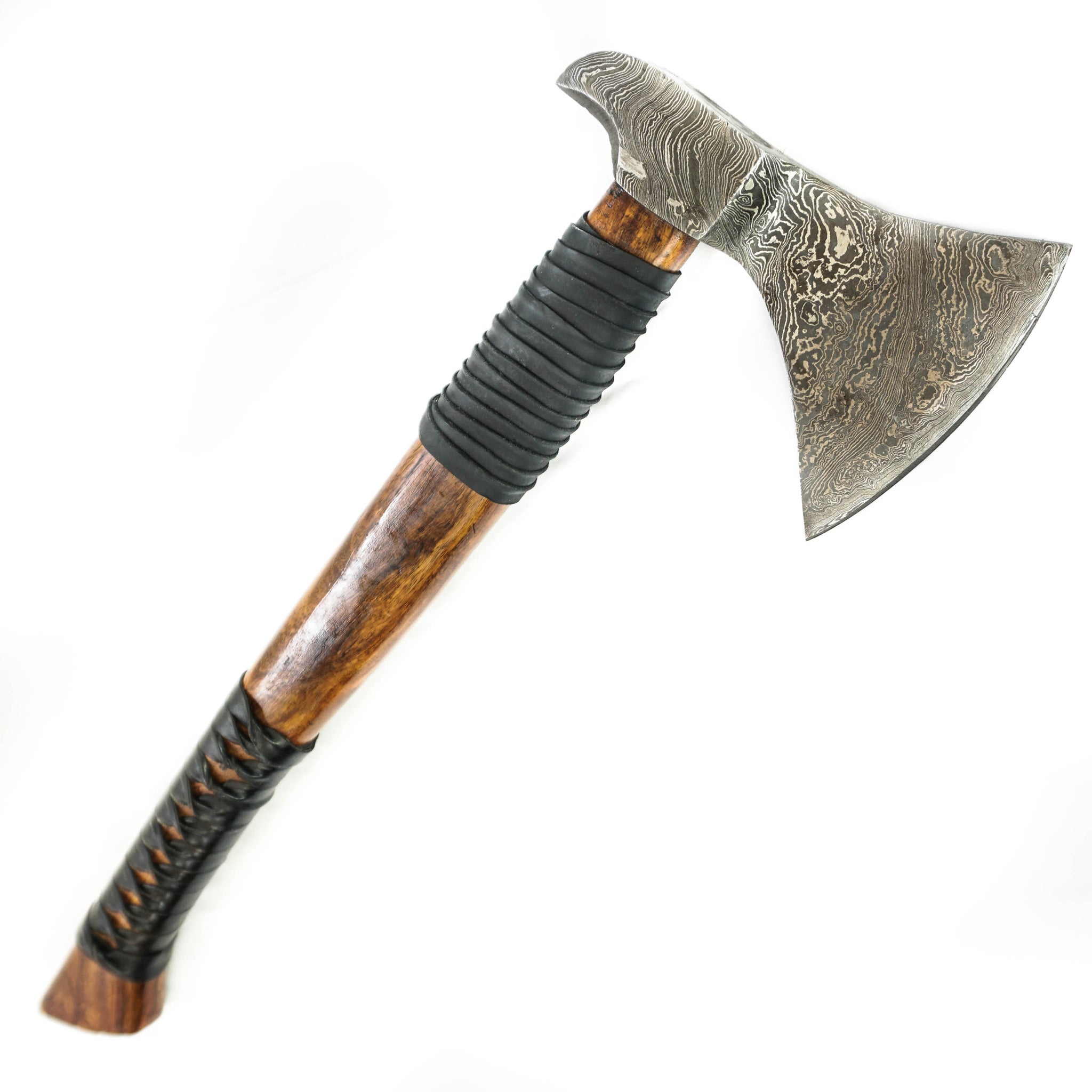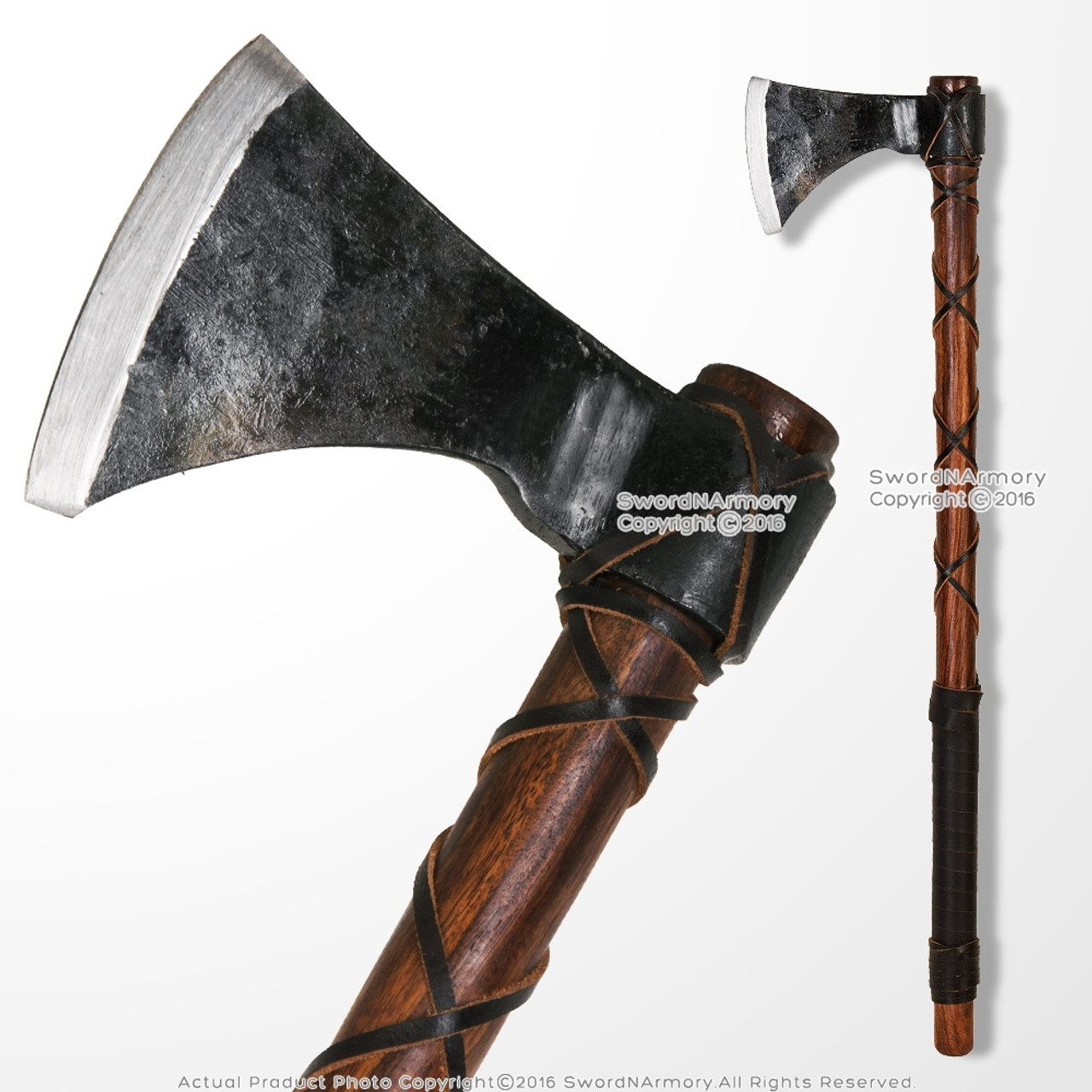

The axe head in theįoreground shows evidence of having been folded around the eye, while Shows two historical Viking age axe heads. Wrap was symmetrical, while in other cases, the wrap was asymmetrical, Would eventually become the eye and welded together with a steel bit for The thinner blades often show evidence of having been folded around what Single piece, with the eye (the hole for the haft) punched out with a Such as the one seen to the left) show evidence of having been made as a

Some axe heads (notably thick, wedge shaped axe heads This axe is too thin and delicate for splitting wood this axe Reproduction is shown in the middle left and a historic axe far left, all on Some axeheads had very thin, elegant cross-sections. Þormóðr, which was hammered all the way out to the edge with no obstructions, In the near left photo, while a photo of a historic axe head with that diamond edgeįóstbræðra saga chapter 23 tells of a special axe made by Section of the head near the edge was sometimes diamond shape, which providedįor greater strength for a given weight of iron. Typically, axeheads had a wedge-shaped cross section. Surface with inlays of silver and gold and was found in a rich grave Some axe heads were elaborately decorated with inlays of precious The steel permitted the axe to hold a better edge than iron would have Line is clearly visible in the sketch and in the historical axe head. Of this axe is made of hardened steel welded to the iron head. Largest of the axe heads shown to the right is 22cm (9in) long. Had crescent shaped edges 22 to 45cm (9-18in) long. Long, while later in the Viking age, axes became much larger. Part of the Viking era, the cutting edge was generally 7 to 15cm (3-6in) While the photo to the left shows three earlier axe heads. Sketch to the right shows three different 11 th century axe heads, Axe heads were made of iron and were single edged.Ī wide variety of axe head shapes were used in the The photo to the left shows two reproduction battle axes based on 10 thĬentury finds, while the photo on the right shows a historic 10 thĬentury axe head.

Man could pick up the farm axe and use it in a fight.Īxes meant for battle were designed a bit differently than farm axes. The axe was often the choice of the poorest man in theįarm had to have a wood axe (left) for cutting and splitting wood. In reality, battle axes in the Viking age were light, fast, and well balanced,Īnd were good for speedy, deadly attacks, as well as for a variety of nasty, When people think of Viking age weapons, they usually think first of the battle axe,Īnd the image that forms in their mind is a massive weapon that only a troll could wield. Until we find time to make the needed updates to this page, we strongly encourage readers to look at this topic as it is presented in our new book, Men of Terror, available now from your favorite book seller. Much of the text presented on this page is out-of-date.


 0 kommentar(er)
0 kommentar(er)
